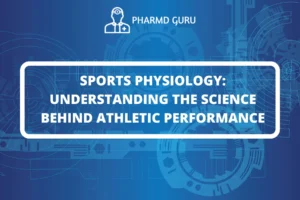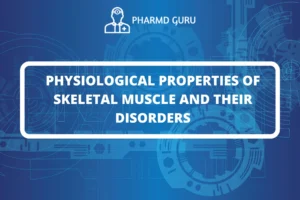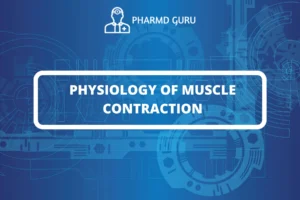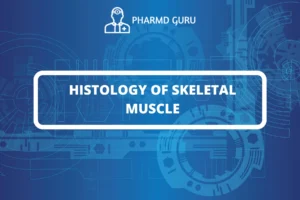The eye is a remarkable sensory organ that allows us to perceive the world around us by capturing and processing visual information. It is a complex structure consisting of various parts, each with specific functions that contribute to our sense of sight.
SCROLL DOWN TO THE BOTTOM OF THE PAGE FOR ACTUAL NOTES
Anatomy of the Eye:
- Cornea: The cornea is the transparent, dome-shaped outermost layer of the eye. It acts as a protective covering and helps focus light onto the retina.
- Iris: The colored part of the eye, the iris, regulates the size of the pupil, controlling the amount of light entering the eye.
- Pupil: The pupil is the black circular opening in the center of the iris. It expands or contracts in response to light conditions.
- Lens: Behind the iris and pupil, the lens further focuses light onto the retina. It changes shape to accommodate different distances, allowing us to focus on objects at varying distances.
- Retina: The retina is the innermost layer of the eye, containing photoreceptor cells (rods and cones) that convert light into electrical signals.
- Rods and Cones: Rods and cones are specialized photoreceptor cells on the retina. Rods are responsible for peripheral and low-light vision, while cones provide color vision and function better in bright light.
- Optic Nerve: The optic nerve transmits visual information from the retina to the brain for processing.
Visual Process:
The process of vision begins with light entering the eye through the cornea. The cornea and lens help focus the light onto the retina, where it is converted into electrical signals by the rods and cones. These signals are then transmitted through the optic nerve to the brain’s visual cortex, where they are interpreted as images.
Accommodation and Refraction:
Accommodation is the process by which the lens changes shape to adjust focus on objects at different distances. When focusing on distant objects, the lens becomes flatter, and when focusing on nearby objects, the lens becomes rounder.
Refraction is the bending of light as it passes through the cornea and lens. This bending of light ensures that the light rays converge onto the retina, allowing for clear vision.
Common Eye Conditions:
- Myopia (Nearsightedness): Myopia occurs when the eyeball is too long or the cornea is too curved, causing light to focus in front of the retina instead of directly on it. Distant objects appear blurry.
- Hyperopia (Farsightedness): Hyperopia occurs when the eyeball is too short or the cornea is too flat, causing light to focus behind the retina. Close-up objects appear blurry.
- Astigmatism: Astigmatism is a condition where the cornea or lens has an irregular shape, leading to distorted or blurred vision at all distances.
- Presbyopia: As people age, the lens loses some of its flexibility, making it difficult to focus on nearby objects. This age-related condition is called presbyopia.
Eye Care:
Regular eye examinations by an optometrist or ophthalmologist are essential to monitor eye health, detect vision problems, and ensure early intervention if needed. Wearing appropriate eyeglasses or contact lenses can correct refractive errors, enhancing visual clarity and comfort.
Protecting the eyes from harmful ultraviolet (UV) rays and wearing safety glasses in hazardous environments are crucial for maintaining eye health. Maintaining a balanced diet, rich in nutrients like vitamins A, C, and E, can also promote eye health.
Conclusion:
The eye is a remarkable organ that allows us to experience the world through the sense of sight. Its intricate structure and delicate functions enable us to perceive colors, shapes, and details of the world around us. Regular eye care and attention to eye health are essential for preserving vision and overall well-being.
ACTUAL NOTES




